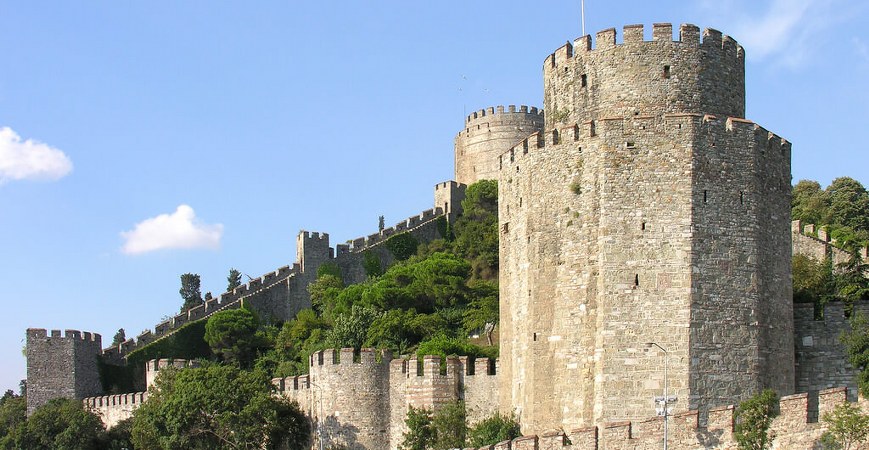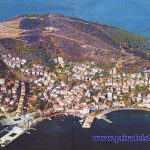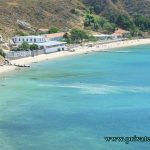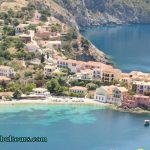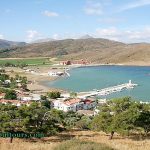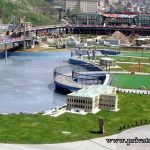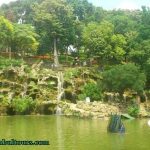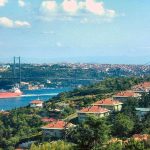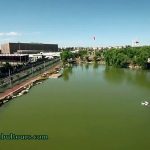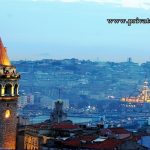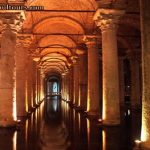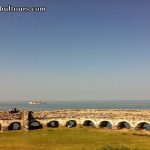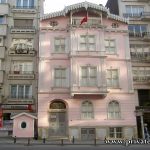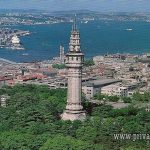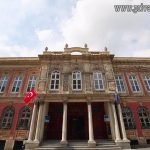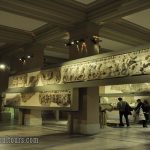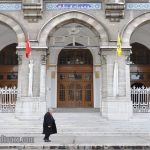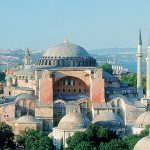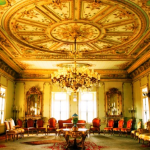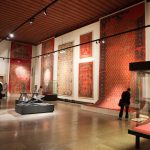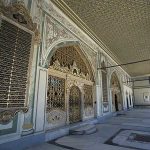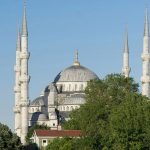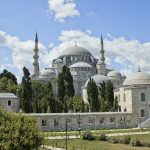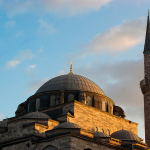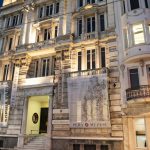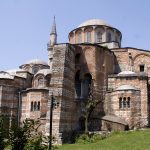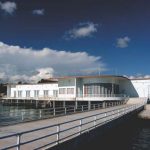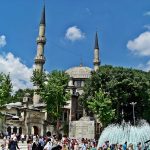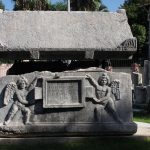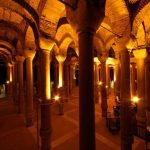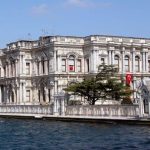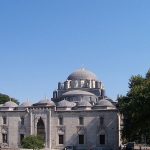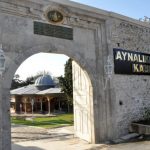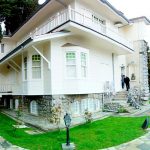The Fortress Museums of Istanbul,
Rumeli Fortress Museum:
This is situated on the European side of the Bosphorus. In 1452 before the Ottoman Sultan Fatih Mehmed besieged Istanbul, he built this fortress in order to secure control of the Bosphorus and prevent the city receiving aid from this quarter. It is situated opposite Anadolu Fortress at the narrowest point of the Bosphorus. The fortress has 3 large towers called Halil Pasha, Sarica and Zagnos Pasha, 13 small towers and 5 gates. In 1958 the fortress was restored and organized as a museum. Some of the towers have been fitted with elevators. In the courtyard is an open air theater.
Anadolu Fortress:
This is on the Anatolian side of the Bosphorus opposite Rumeli Fortress. It was built by Ottoman Sultan Yildiri’m Beyazit in 1395 in order to cut off communication with the Black Sea, and facilitate the crossing of Ottoman forces. The fortress has three sections, the Outer Castle, the Inner Castle, and the towers. There are 3 cylindrical towers on the walls of the Outer Castle. After repairs, Anadolu Fortress will be opened to the public.
Yerebatan Cistern (Byzantine Cistern):
A Byzantine cistern known as Yerebatan in Sultan Ahmet Square in Istanbul has been turned into a museum and opened to the public. The Yerebatan Cistern, which is the biggest enclosed water cistern in Istanbul, was built in the VI century AD by the Byzantine emperor Justinian. The cistern is 140 m. in length and 70 m. wide. Water was brought there from the Belgrade forests 19 km. away by means of the Cebecikoy aqueduct. Inside there are 336 columns arranged in 12 rows with five meters between each column. The columns are 2 m. high. There is still a little water in the cistern.
Galata Mevlevihane Museum:
The Istanbul Mevlevihane Museum (Museum of Divan Literature) was established in 1973 in the Galata Mevlevihane. One of the first Mevlevi Dargahs (Mevlevi dervish retreat) in Istanbul was the Galata Mevlevihane which was built in 1491 by Iskender Pasha. And the first sheik (head of a dargah or tekke) was Safayi Dede from Si-nop. In 1765 the Mevlevifiane was burned down and rebuilt, and in 1791 the famous lyric poet Seyh Galip was appointed as a sheik of the Mevlevihane. The last sheik was Ahmed Celaleddin Dede. After the Republic, the Mevlevihane was closed down and abandoned until 1965 when repairs were begun. After repairs and restoration were completed it was organized as the Museum of Divan Literature and works of the school of Mevlana were collected. In the tombs and graves of the Galata Mevlevihane are buried famous scholars of the order of Mevlana such as Ismail Rusuhi Dede of An-kara, Sheik Galib, Esrar Dede, Halet Efendi, Fesih Dede, and Gaysi Dede. The entrance to the library is on the right of the entrance.

